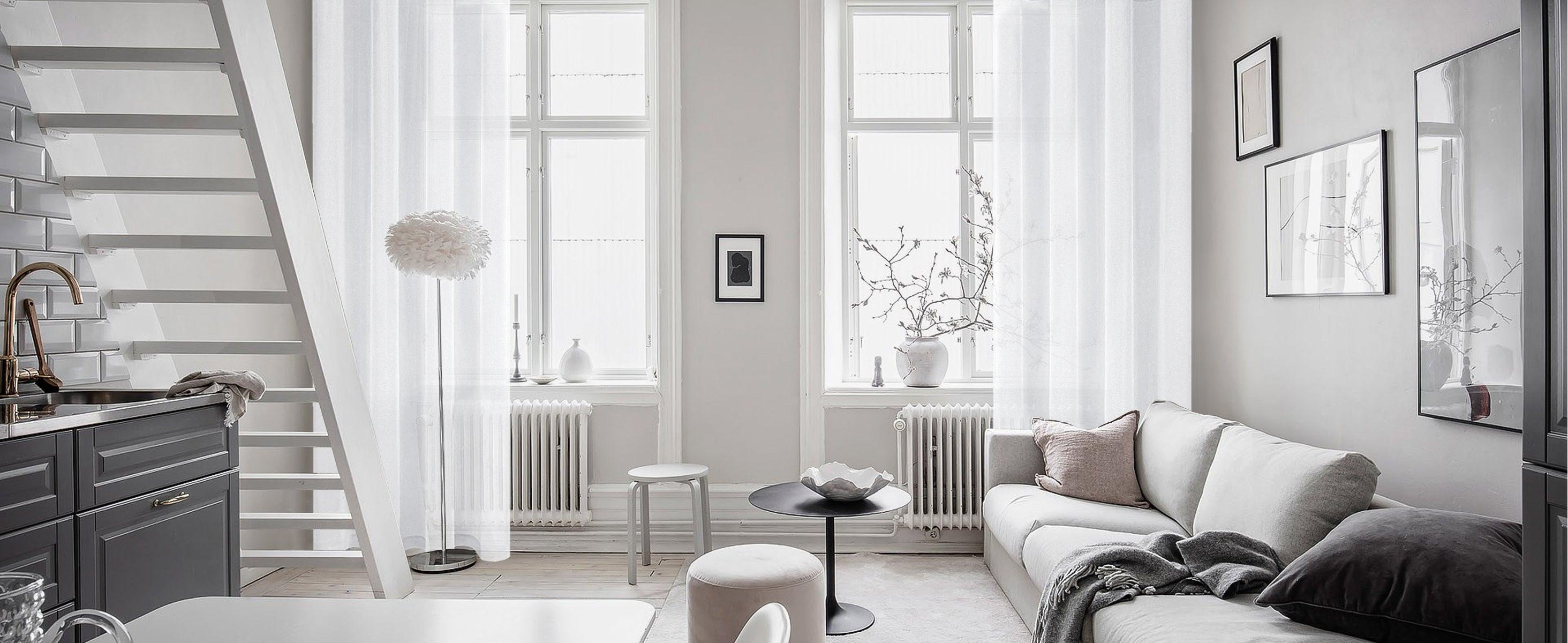The living room is the heart of your home—a space for relaxation, family gatherings, and entertaining guests. As a British homemaker, you know that the right curtains can transform this room from ordinary to extraordinary. But with so many options available, selecting the perfect curtains can feel overwhelming. Fear not! This guide will walk you through six key steps to choose curtains that blend style, functionality, and British charm.
1. Measure Twice, Buy Once
Before falling in love with a fabric or pattern, start by measuring your windows. Ill-fitting curtains can make even the most beautiful fabric look sloppy. Use a metal tape measure for accuracy and note three key dimensions:
-
Width: Measure the full width of the window, then add 15–20 cm on each side to ensure curtains cover the window fully when closed.
-
Length: Decide whether you want curtains to kiss the sill (ideal for homes with radiators), hover just above the floor (modern and practical), or pool elegantly (classic and luxurious).
-
Ceiling height: For a grander look, mount the curtain rod closer to the ceiling rather than just above the window frame.
Pro tip: If your living room has bay windows, consider custom-made tracks to follow the curve seamlessly.
2. Choose Fabrics Wisely
British weather demands practicality. Your curtains should balance aesthetics with functionality:
-
Heavyweight fabrics like velvet or wool blends offer insulation—perfect for chilly winters and energy savings.
-
Lightweight linens or cotton create an airy, summery vibe and filter natural light gently.
-
Blackout linings are a lifesaver for bright summer evenings or streetlight glare, while thermal linings keep warmth in during winter.
Avoid delicate silks in high-humidity areas (hello, British rain!), and opt for machine-washable blends if you have pets or children.
3. Colour & Pattern: Complement Your Space
Your curtains should harmonize with your existing décor. Consider these approaches:
-
Neutral tones (cream, grey, taupe) act as a timeless backdrop for bold furniture or artwork.
-
Bold hues (navy, emerald, mustard) add drama and warmth to neutral rooms.
-
Patterns like floral prints or subtle stripes inject personality. For traditional British homes, chintz fabrics with botanical motifs never go out of style.
Test swatches in different lighting! A fabric that looks soft beige in the shop might turn gold under your living room’s warm bulbs.
4. Style Matters: From Tracks to Tiebacks
The right heading style can elevate your curtains:
-
Pencil pleat: Versatile and budget-friendly, suits most decors.
-
Eyelet (grommet): Modern and easy to open/close, ideal for contemporary homes.
-
Tab top: Casual, cottage-core charm for a relaxed vibe.
Pair with decorative tiebacks (tasseled ropes or brass hooks) or let them hang freely for a minimalist look. Don’t forget finials—the end pieces of your curtain rod—to add a finishing touch (think polished chrome for modern spaces or antique brass for heritage homes).
5. Practical Considerations for British Lifestyles
-
Pet-friendly choices: Avoid long, pooling curtains if you have cats who love to climb! Opt for mid-length styles in durable fabrics.
-
Child safety: Ensure cords for tiebacks are out of reach or use cordless blinds paired with curtains.
-
Mould prevention: In damp climates, ensure curtains don’t trap moisture against windows. A slight gap between the curtain and glass helps airflow.
6. Budget Smartly
You don’t need to splurge on designer brands. High-street retailers like John Lewis or Dunelm offer quality options. For bespoke looks on a budget:
-
Buy ready-made curtains and have them tailored.
-
Mix expensive curtain fabric with a basic lining.
-
DIY tiebacks using vintage scarves or ribbons.
Final Touches
Once hung, steam your curtains to remove creases and let them “settle” for a few days before adjusting the length. Rotate seasonal curtains—lighter fabrics in spring/summer, heavier ones in autumn/winter—to keep your living room feeling fresh year-round.
Remember, the best curtains aren’t just window dressings—they’re storytellers that reflect your home’s character. Take your time, enjoy the process, and soon your living room will be radiating warmth and style, come rain or shine!





